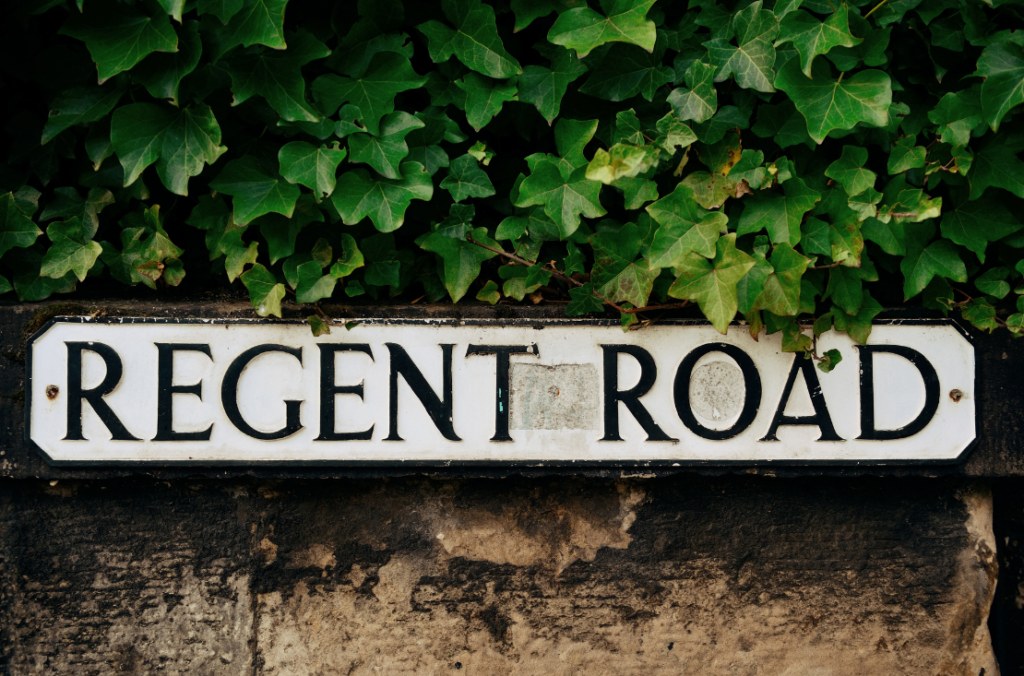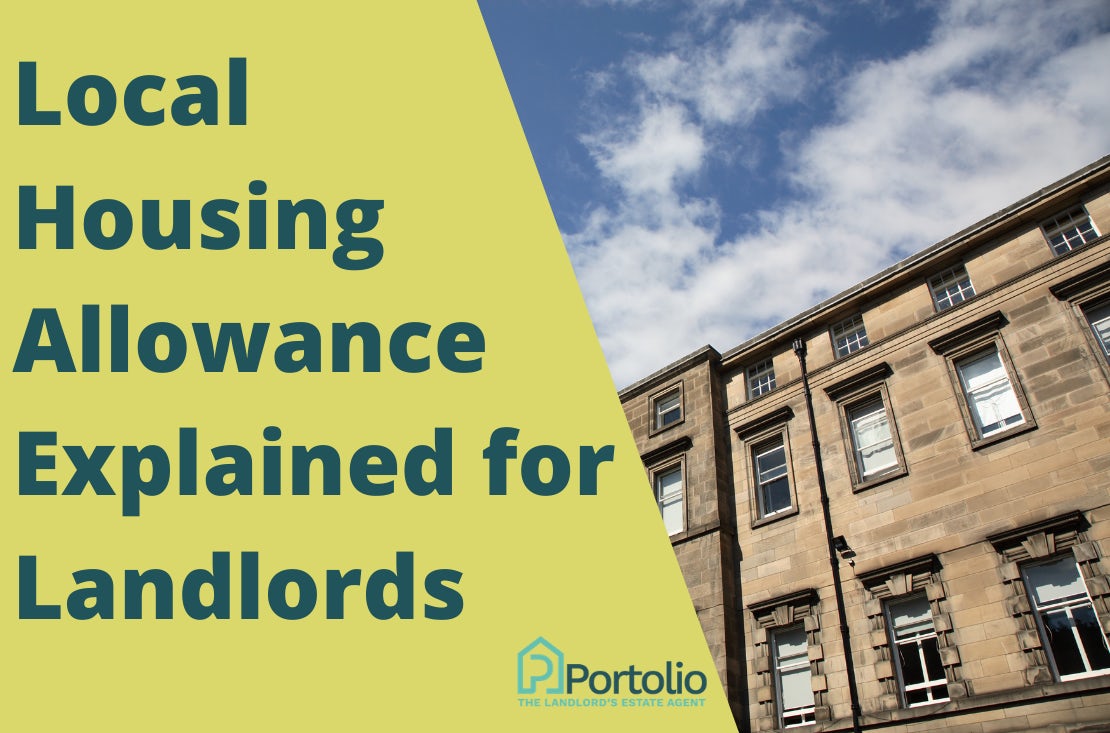Need to learn about Local Housing Allowance, and how to make it work as a landlord?
Especially in these uncertain times tenants may find themselves needing a bit of financial assistance, which can come in the form of Local Housing Allowance (LHA) – which, incidentally, has experienced probably its biggest ever increase this year.
You may have an existing tenant who has become eligible for LHA, or perhaps you’re looking to accept new tenants and want a better understanding of what to expect if your tenants will depend on LHA to help them pay their rent.
You may also be feeling a little nervous about any potential issues with collecting the rent, and how LHA will affect you as a landlord – which is completely understandable.
Here at Portolio, we know there’s no replacement for a good tenant. The past few months have seen landlords and tenants communicating more than ever, and working out ways to get through the impacts of COVID together.
In this COVID climate, the average LHA and Universal Credit claimant could literally be anyone who’s been affected by the economic impact of the past few months.
In that spirit, I’m going to explain more about LHA and how you can make it work for you as a landlord, whilst supporting your tenant in the event they need to claim.
What is Local Housing Allowance and how does it work?
Local Housing Allowance is a housing-related benefit provided by the Scottish Government to help tenants on low incomes pay their rent whilst renting from a private landlord.
Initially introduced in 2008 to help tenants privately renting in Scotland, England and Wales, LHA is a different way of calculating Housing Benefit entitlement. It was initially based on the 30th percentile of local rented accommodation, and although restrictions have been placed over the years, these have been effectively reset due to COVID.
LHA covers a certain amount of rent, along with some service charges conditional on the tenant living in the property. It will not cover things like utilities, laundry or cooking.
LHA is usually paid in arrears via BACs on a four-weekly basis, although occasionally some councils are known to send cheques – something that should be widely discouraged.
The rate of LHA a tenant is entitled to depends on the location of the property, and the number of rooms they require (more about that below). If the amount of LHA they’re entitled to is less than the total rent, your tenants must pay the difference themselves, or move to an area where the rent will be fully covered by their allowance.
Are you affected by LHA?
If you’ve entered into a deregulated private tenancy agreement (essentially a private tenancy that started after January 2nd, 1989) with a tenant who makes a new claim, or has changed their address after April 7th, 2008, you will be affected by LHA.
LHA will not affect you if you are:
- Providing a tenancy where the current rent restrictions don’t apply (e.g. tenancies that started prior to 1989)
- A registered social landlord (in other words, housing associations)
- A protected case – for instance, if you’re providing supported housing (like a charity, local authority or voluntary organisation)
- A landlord who provides tenancies in hostels, houseboats, or caravans
- Providing a tenancy where a large part of the rent covers lodgings and board, such as meals.

Are your tenants able to claim for local housing allowance?
If your private tenants are struggling to afford rent – and are in receipt of low-income or other welfare-related benefits – they may be eligible to make a claim for Local Housing Allowance.
The amount they’ll be able to claim for will depend on the individual, along with the income and savings of all non-dependent adults who are living in your property at the time.
TIP: Those under 35 years of age, with no dependents, will usually only be entitled to LHA a reduced shared accommodation rate.
Your tenants’ application will be ‘means tested’, with the council checking to make sure they are not able to pay the full rent themselves. They’ll also need to provide proof of their tenancy agreement.
A claim can either be made online, or via filling in and submitting the paper form. To get an idea of how much your tenants can claim for in your area, check out the current LHA rates for Scotland, here.
NOTE: LHA is only available to tenants who are renting privately.
Can landlords be paid LHA directly?
This used to be the case under the old system, however there’s been a big shift in focus from the Government to promote financial independence amongst claimants – which will only be emphasised under the mass roll-out of Universal Credit.
This means that in most cases, tenants will be paid LHA directly to their own bank accounts, and it will be their responsibility to pay you, the landlord.
However, there are some exceptions to that rule, and you may be paid LHA directly if any of the below apply:
- Your tenant is classed as vulnerable
- Your tenant has rent arrears of eight weeks or more
- Your tenant is having deductions made from benefits for rent arrears
Your local council may decide to pay you LHA directly if your tenant has support needs, has previously failed to pay rent, or has problems paying rent due to medical conditions.
Advice from the property pros
Although LHA remains at the 30th percentile of rents for now, the future is unknown.
There has been a substantial increase in housing benefit claims due to COVID, and as a result there’s a shortage of available housing priced below LHA – making an argument for LHA to be increased even further to the 50th percentile.
Although the past few months have been tough, we’ve seen a lot of positives in terms of landlords and tenants communicating and negotiating this time successfully together.
Bad luck can happen to anyone, so if you’re worried your tenant is struggling, don’t be afraid to reach out to them and let them know you’re there to help in any way you can. It may be inconvenient, but in these situations, we all need to stick together.
It could be that they’re eligible for financial assistance, such as housing benefits or LHA – or other low-income benefits such as Universal Credit. If they express an interest, we found this Shelter guide about LHA to be a very helpful resource for tenants.
There’s also this online LHA calculator which they can use to help them work out what they may be entitled to.
TIP: We’ve recently put together a blog highlighting financial assistance available to landlords due to the impact of COVID-19.
In summary…
By now you should hopefully have a better understanding of Local Housing Allowance, how it works, who it affects, and who can claim.
There’s been a huge number of tenants claiming for housing benefit since COVID, and there’s a certain reliance on the private rented sector to house those who depend on Housing Benefit – mainly caused by an under provision of social housing.
This means that as a landlord, you may only just be becoming aware of Local Housing Allowance, and how it affects you. I hope this blog has helped, however, if you need some more advice, don’t hesitate to get in touch.
We’d be happy to lend an ear, and offer some free advice.
Written by Chris Wood, MD & Founder of Portolio
Get in touch on 07812 164 842 or email [email protected]


Comments